Home>Gardening & Outdoor>Landscaping Ideas>Who Owns U.S. Lawns
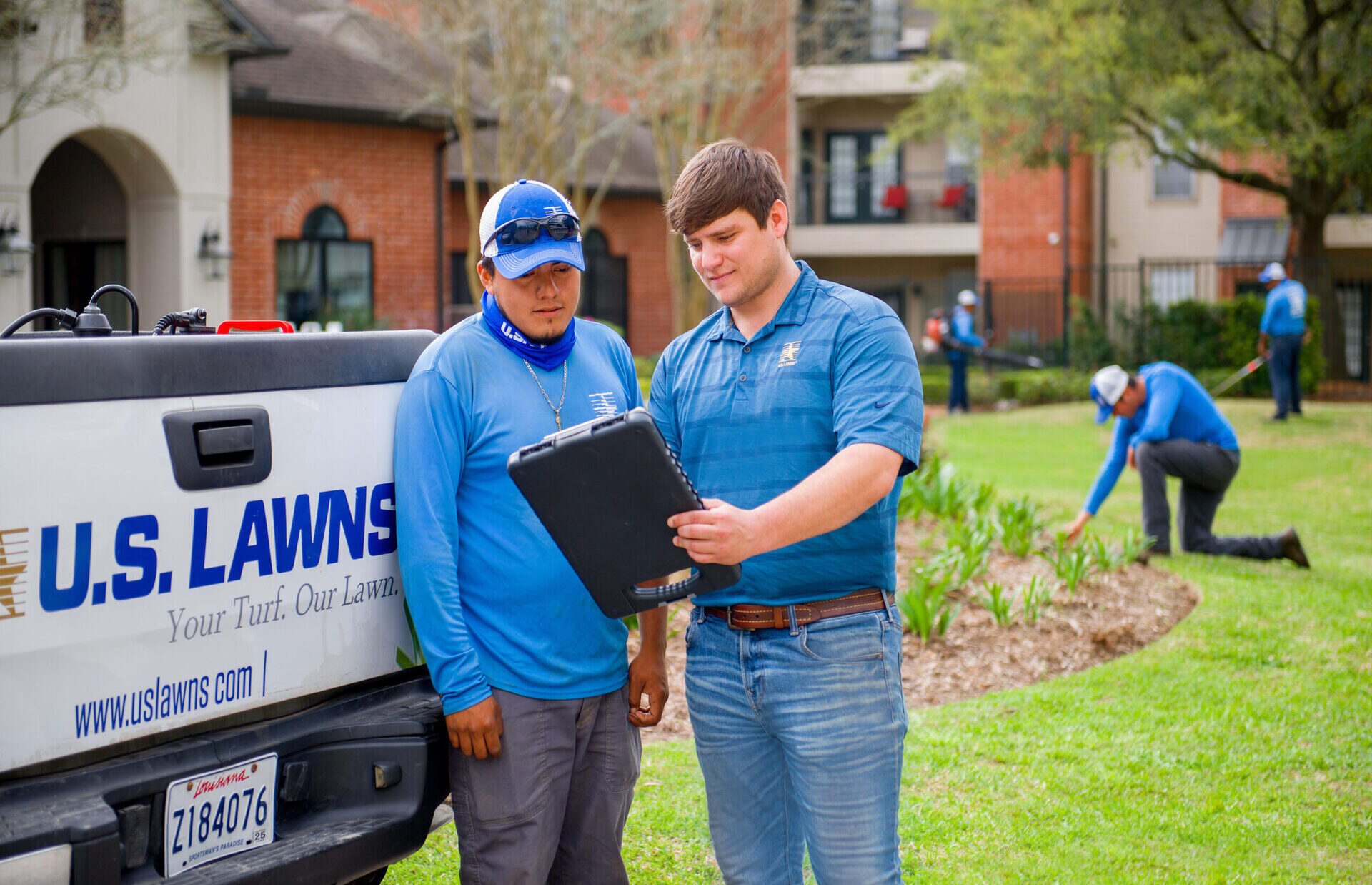

Landscaping Ideas
Who Owns U.S. Lawns
Modified: September 1, 2024
Discover who owns U.S. lawns and get landscaping ideas to transform your outdoor space. Explore ownership trends and find inspiration for your landscaping projects.
(Many of the links in this article redirect to a specific reviewed product. Your purchase of these products through affiliate links helps to generate commission for Storables.com, at no extra cost. Learn more)
**
Introduction
**
When it comes to enhancing the beauty and functionality of outdoor spaces, landscaping plays a pivotal role. A well-maintained lawn not only elevates the aesthetics of a property but also provides a serene environment for relaxation and recreation. In the United States, the care and maintenance of lawns have evolved into a significant industry, catering to the diverse needs of residential, commercial, and public properties.
The ownership and management of U.S. lawns encompass a multifaceted landscape, involving a variety of entities ranging from individual entrepreneurs to large-scale franchises. Understanding the dynamics of this industry sheds light on the intricate balance between business ownership, customer satisfaction, and regulatory compliance. In this article, we delve into the ownership of U.S. lawns, exploring the historical roots, the influence of franchises, the presence of independent lawn care businesses, and the impact of government regulations. By examining these aspects, we gain valuable insights into the diverse tapestry of ownership within the U.S. lawn care industry.
Key Takeaways:
- The ownership of U.S. lawns is a diverse mix of franchises, independent businesses, and government regulations, all working together to ensure beautiful, sustainable outdoor spaces for everyone to enjoy.
- Franchises bring reliability and consistency to lawn care, while independent businesses add a personal touch and creativity. Government regulations ensure environmental sustainability and fair business practices, shaping the future of U.S. lawns.
History of U.S. Lawns
The history of U.S. lawns is intertwined with the evolution of landscaping practices and the cultural significance of outdoor spaces. In the early 20th century, lawns were primarily a symbol of affluence, adorning the grounds of estates and grand residences. The meticulous care of these expansive green expanses was a testament to the wealth and social standing of the property owners.
During the post-World War II era, the concept of suburban living gained momentum, leading to a surge in residential development across the United States. This pivotal shift in housing trends propelled the demand for well-manicured lawns, as homeowners sought to emulate the picturesque landscapes associated with suburban living. The prevalence of lawns as a quintessential feature of the American dream spurred the growth of lawn care services, giving rise to a burgeoning industry dedicated to preserving the allure of residential landscapes.
As the 20th century progressed, technological advancements, such as the introduction of mechanized lawn mowers and efficient irrigation systems, revolutionized the maintenance of lawns, making it more accessible to a wider demographic. This transformation democratized the ownership of well-kept lawns, enabling a broader spectrum of property owners to partake in the aesthetic and recreational benefits of lush greenery.
The history of U.S. lawns is a testament to the enduring appeal of meticulously groomed outdoor spaces and the evolving perception of landscaping as an integral facet of property ownership. From its origins as a symbol of opulence to its widespread presence in residential neighborhoods, the journey of U.S. lawns reflects the cultural, social, and economic dynamics that have shaped the American landscape.
The Role of Franchises
Franchises play a significant role in the ownership and management of U.S. lawns, offering a structured and scalable approach to providing landscaping and lawn care services. These entities operate under established brand names and standardized business models, leveraging the reputation and operational frameworks developed by the franchisors.
One of the key advantages of franchising in the lawn care industry is the ability to tap into proven systems and best practices. Franchisees benefit from comprehensive training, access to specialized equipment, and marketing support, enabling them to deliver consistent and high-quality services to their clientele. This standardized approach fosters a sense of reliability and professionalism, bolstering customer trust and satisfaction.
Moreover, franchises often benefit from collective branding and marketing efforts initiated by the parent company, amplifying their visibility and market presence. This broader reach enhances customer acquisition and retention, as the established reputation of the franchise instills confidence in prospective clients seeking lawn care solutions.
From a customer standpoint, the prevalence of franchise-operated lawn care services offers a sense of familiarity and assurance. Consumers recognize and associate with well-known franchise brands, attributing a sense of reliability and expertise to their offerings. This brand recognition contributes to the competitive advantage of franchises in the U.S. lawn care industry.
Furthermore, the operational support provided by franchisors, including administrative guidance, technological resources, and ongoing innovation, empowers franchisees to navigate the complexities of the lawn care business effectively. This collaborative framework fosters a symbiotic relationship between the franchisor and franchisee, driving collective growth and adaptability within the industry.
Overall, franchises wield a substantial influence in shaping the ownership landscape of U.S. lawns, offering a blend of established branding, operational support, and standardized services that cater to the diverse needs of property owners and landscaping enthusiasts.
Many U.S. lawns are owned by individual homeowners, while others are owned by businesses, schools, or government entities. Some people also rent or lease their lawns.
Independent Lawn Care Businesses
Amidst the domain of U.S. lawns, independent lawn care businesses stand as testaments to entrepreneurial spirit and personalized service delivery. These enterprises, often founded and operated by passionate individuals with a profound affinity for landscaping and outdoor aesthetics, contribute to the diverse ownership tapestry within the industry.
Independent lawn care businesses are characterized by their agility and adaptability, leveraging the autonomy to tailor their services to the unique requirements of their clientele. This flexibility allows them to offer personalized consultations, bespoke landscaping solutions, and a heightened level of customer engagement, fostering enduring relationships with property owners seeking individualized lawn care experiences.
Furthermore, independent businesses often embody a strong sense of community integration, establishing roots within local neighborhoods and cultivating a loyal customer base through word-of-mouth referrals and personalized interactions. This localized approach engenders a sense of trust and camaraderie, positioning independent lawn care providers as integral contributors to the fabric of their respective communities.
Moreover, the entrepreneurial drive inherent in independent businesses fuels innovation and creativity, leading to the development of unique service offerings and distinctive landscaping techniques. This spirit of ingenuity contributes to the enrichment of the U.S. lawn care industry, infusing it with a diverse array of approaches and solutions that cater to the evolving preferences and aspirations of property owners.
While independent lawn care businesses may not wield the expansive resources and brand recognition associated with franchises, they often compensate through a personalized touch and a deep-rooted commitment to exceeding customer expectations. This emphasis on individualized care and attention underscores the value of independent businesses as custodians of bespoke lawn care experiences.
Ultimately, independent lawn care businesses contribute to the vibrancy and diversity of the U.S. lawn care ownership landscape, embodying the essence of personalized service, community integration, and entrepreneurial innovation.
Government Regulations
The ownership and operation of U.S. lawns are subject to a framework of government regulations aimed at ensuring environmental sustainability, consumer protection, and industry standards. These regulations encompass a spectrum of legislative measures that govern various aspects of lawn care, landscaping practices, and business operations within the industry.
Environmental regulations form a critical component of the legal landscape surrounding U.S. lawns, addressing concerns related to pesticide usage, water conservation, and ecosystem preservation. Federal and state regulations dictate the permissible types and quantities of pesticides that can be applied to lawns, safeguarding environmental integrity and minimizing potential harm to flora, fauna, and water sources.
Furthermore, regulations pertaining to water usage and conservation play a pivotal role in shaping lawn care practices, particularly in regions prone to drought and water scarcity. Measures aimed at promoting efficient irrigation systems, water recycling, and sustainable landscaping techniques contribute to the responsible stewardship of water resources, aligning with broader environmental conservation efforts.
In addition to environmental considerations, government regulations encompass consumer protection mandates that safeguard the rights of property owners engaging lawn care services. These regulations may encompass licensing requirements, contract transparency, and dispute resolution mechanisms, aiming to uphold fair and ethical business practices within the industry.
Moreover, industry standards and best practices are often codified within government regulations, outlining guidelines for lawn care businesses related to equipment safety, employee training, and service quality. Compliance with these standards not only ensures the delivery of reliable and professional services but also fosters a culture of accountability and excellence within the U.S. lawn care sector.
Overall, government regulations serve as a cornerstone of the U.S. lawn care industry, harmonizing environmental stewardship, consumer protection, and operational standards. By navigating and adhering to these regulations, businesses and property owners contribute to the sustainability and integrity of the nation’s outdoor landscapes.
Read more: Who Owns Traeger Grills
Conclusion
The ownership of U.S. lawns encompasses a rich tapestry of entities, each contributing to the vibrancy and sustainability of the nation’s outdoor landscapes. From the historical evolution of lawn care to the contemporary influence of franchises, independent businesses, and government regulations, the landscape of ownership within the U.S. lawn care industry reflects a dynamic interplay of tradition, innovation, and regulatory stewardship.
Franchises, with their established branding, operational support, and standardized services, play a pivotal role in delivering reliable and consistent lawn care solutions to a broad spectrum of property owners. Their collective impact on the industry’s visibility, market presence, and customer assurance underscores the significance of franchising in shaping the ownership landscape of U.S. lawns.
Conversely, independent lawn care businesses embody the spirit of personalized service, community integration, and entrepreneurial innovation, offering bespoke solutions and fostering localized connections within neighborhoods. Their agility, creativity, and commitment to customer engagement contribute to the diverse and multifaceted ownership dynamics prevalent in the U.S. lawn care industry.
Government regulations form the cornerstone of responsible ownership and operation within the industry, addressing environmental sustainability, consumer protection, and industry standards. By navigating and adhering to these regulations, businesses and property owners uphold the integrity and sustainability of U.S. lawns, contributing to the preservation of outdoor landscapes for future generations.
In essence, the ownership of U.S. lawns embodies a harmonious blend of tradition, innovation, and regulatory compliance, culminating in a landscape that caters to the diverse needs and aspirations of property owners across the nation. As the industry continues to evolve, the collective contributions of franchises, independent businesses, and regulatory frameworks will shape the future of U.S. lawns, ensuring that outdoor spaces remain a source of beauty, tranquility, and communal joy for generations to come.
Frequently Asked Questions about Who Owns U.S. Lawns
Was this page helpful?
At Storables.com, we guarantee accurate and reliable information. Our content, validated by Expert Board Contributors, is crafted following stringent Editorial Policies. We're committed to providing you with well-researched, expert-backed insights for all your informational needs.

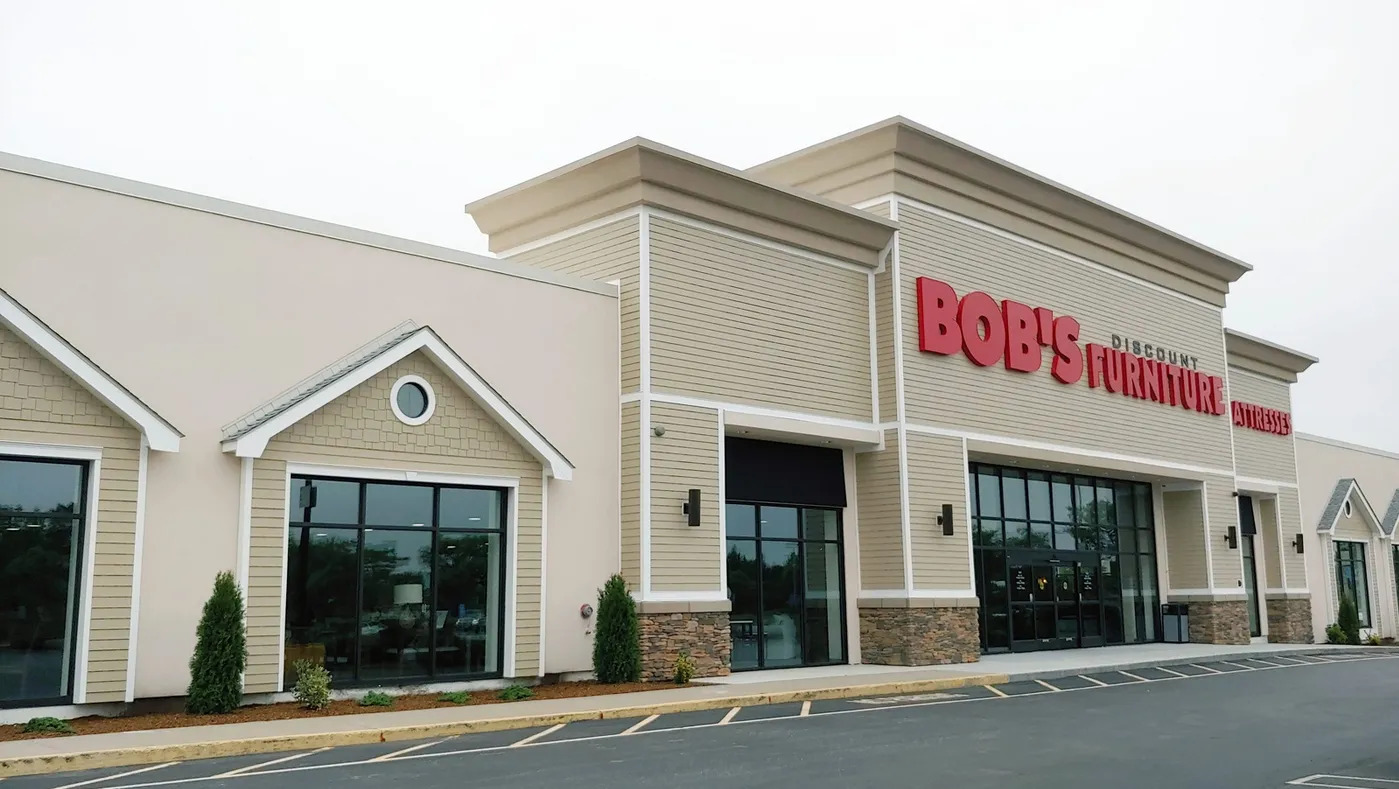

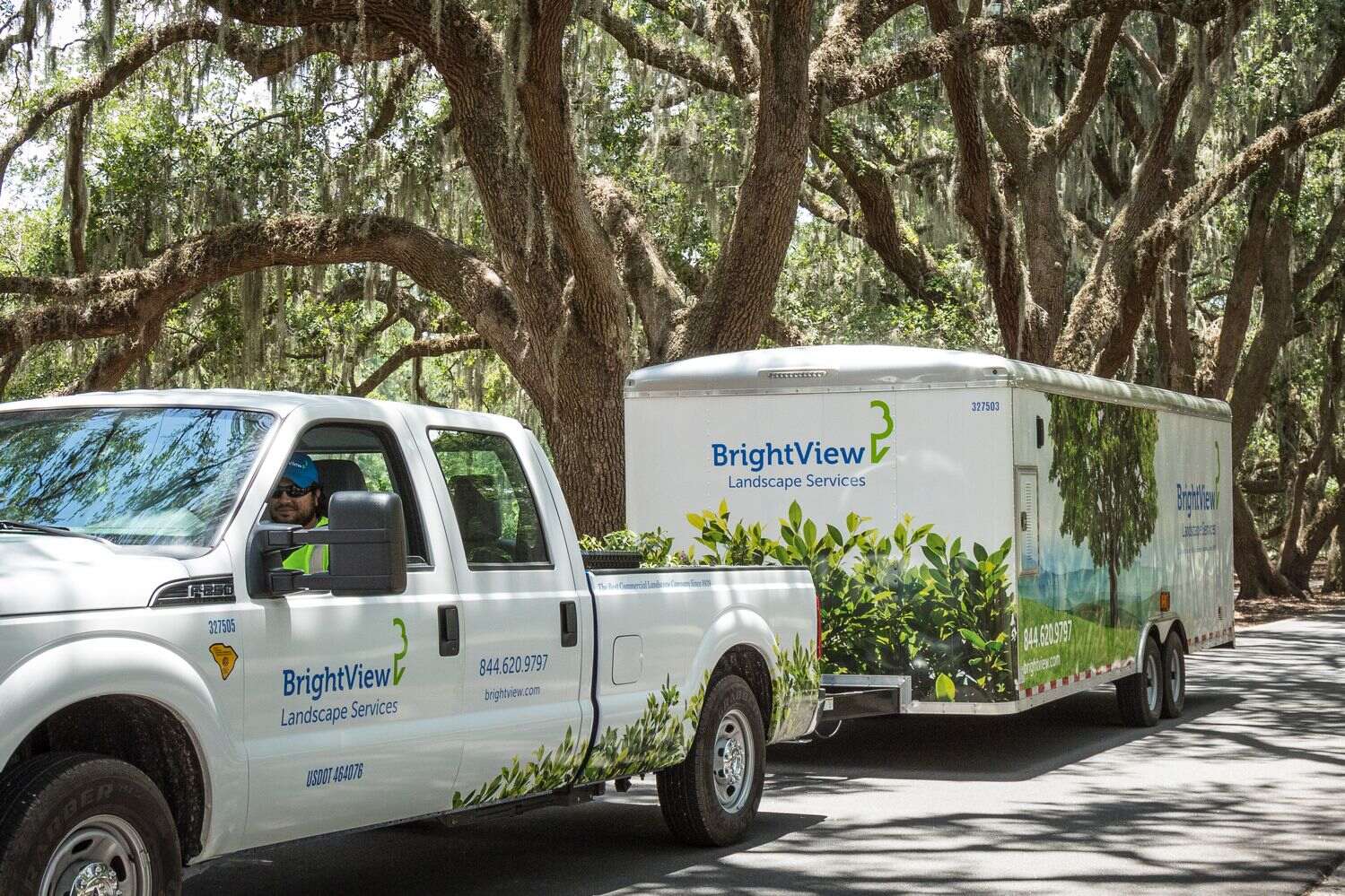
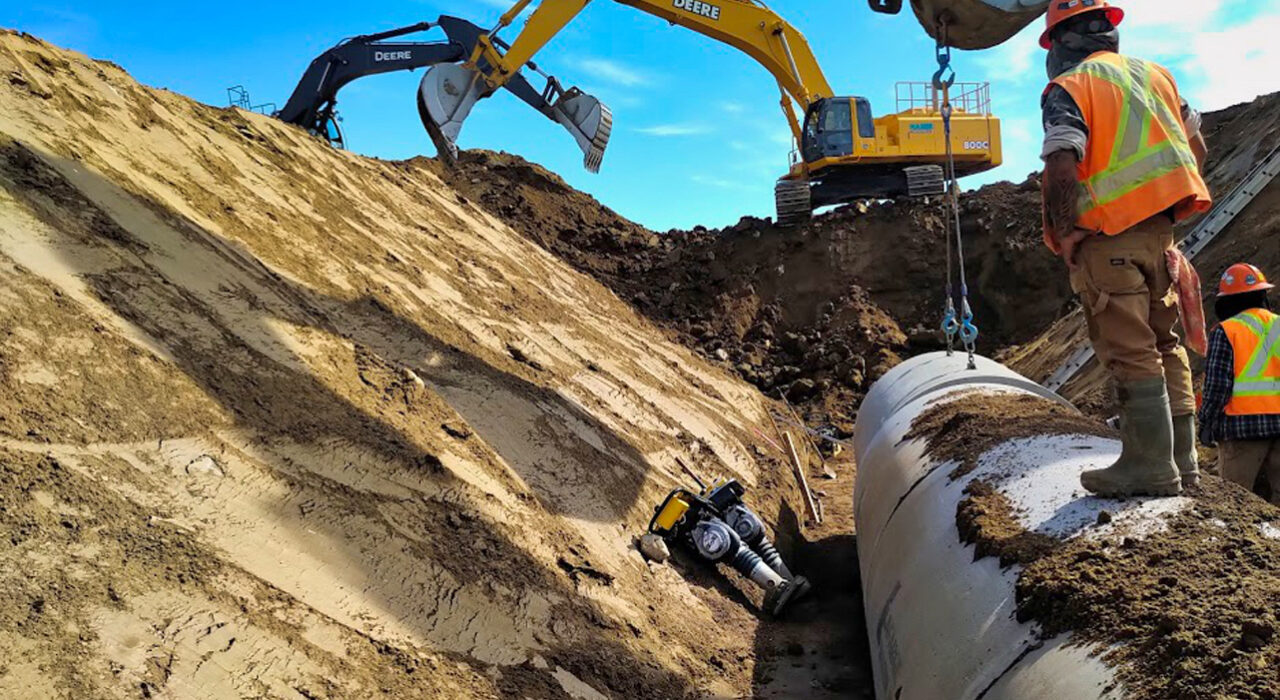
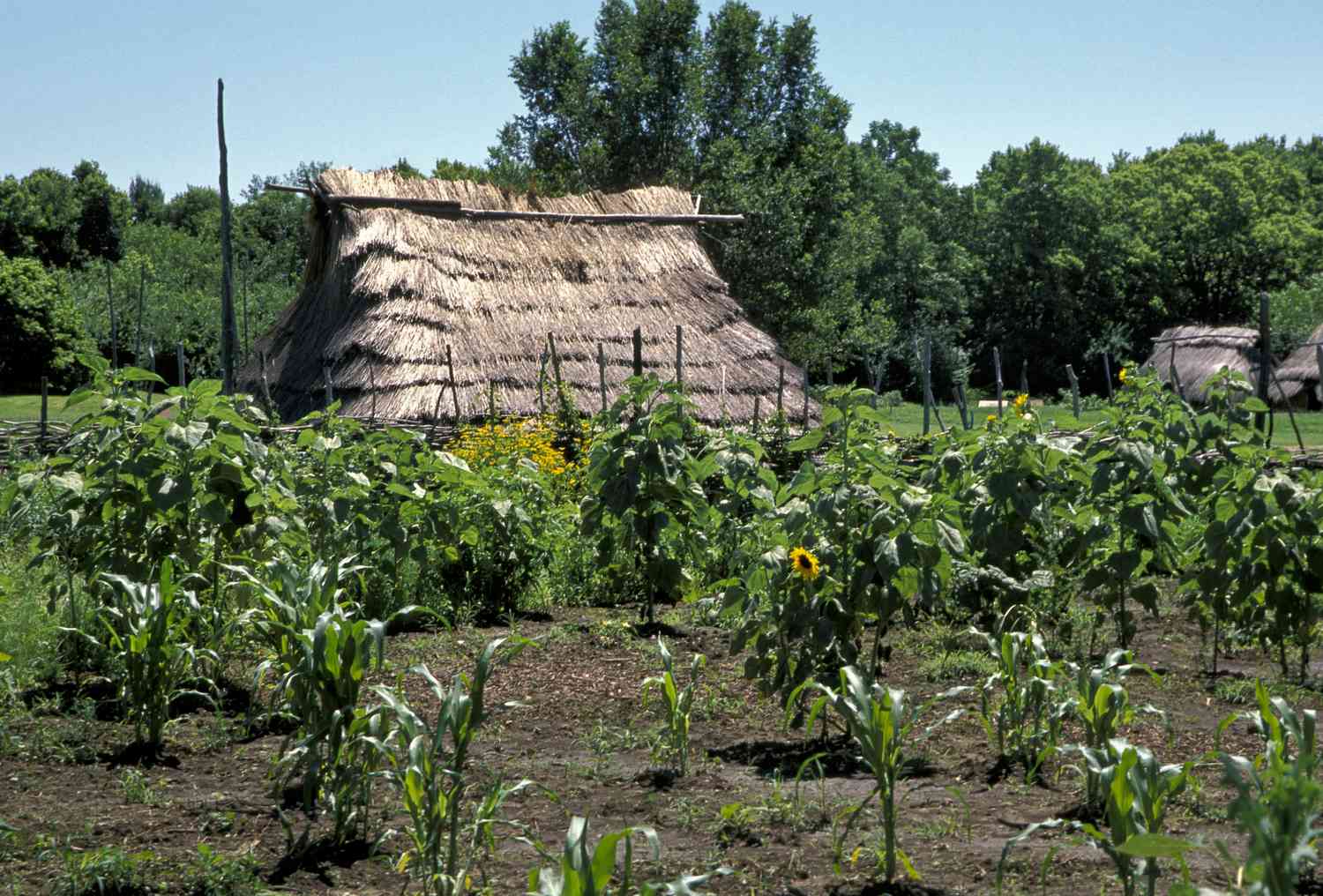






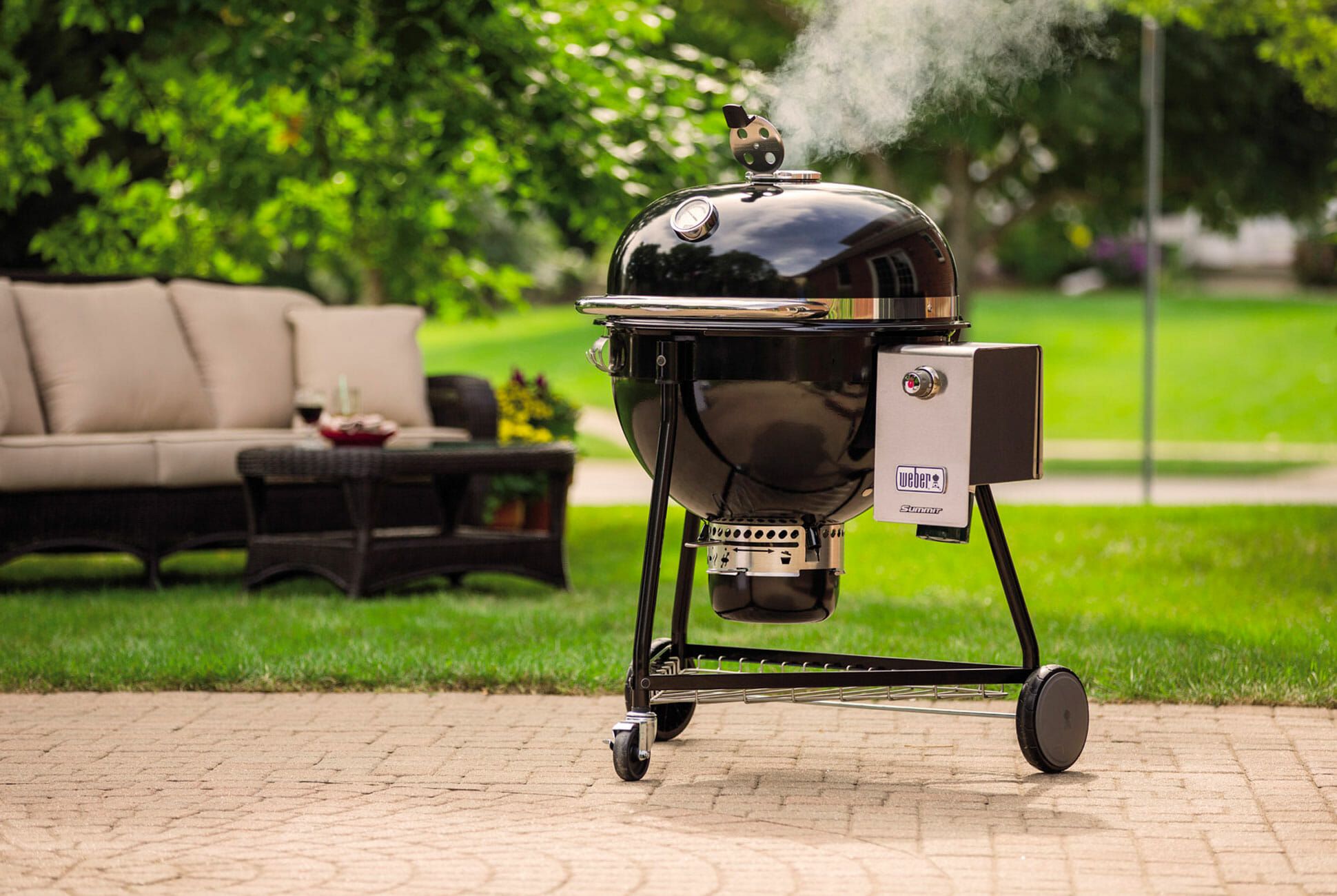


0 thoughts on “Who Owns U.S. Lawns”